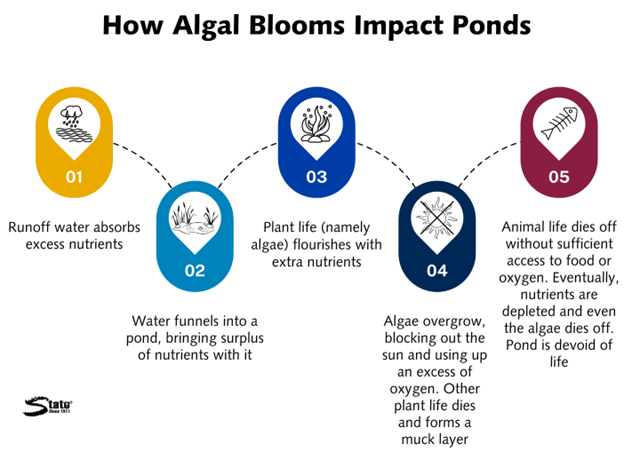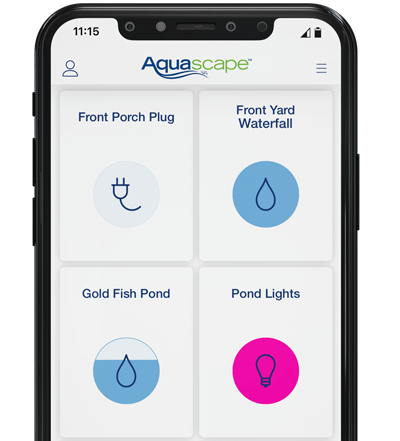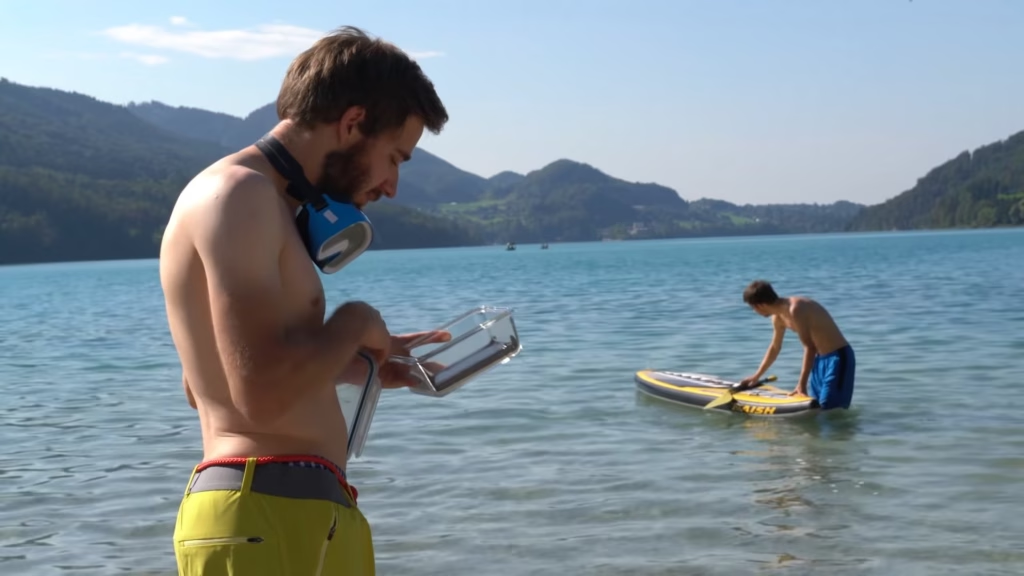Monitoring your pond’s health is essential for sustaining a thriving ecosystem. By repurposing old technology or opting for cost-effective solutions, you can set up a DIY underwater monitoring system with ease. This guide will walk you through using budget-friendly wildlife cameras and DIY techniques to help you keep a close watch on your pond’s well-being.
Transforming Your Old Smartphone into an Underwater Camera
Repurposing an old smartphone for underwater monitoring can be a great way to maximize resources effectively. Start by selecting a model with a decent camera resolution—aim for a minimum of 720p, which will provide clear images during monitoring.
Next, you’ll need to waterproof your smartphone. You have a couple of choices here. One effective method is creating a custom epoxy housing. This involves sealing a plastic container with two-part liquid epoxy and using nylon bolts for construction. Alternatively, for a simpler solution, you can wrap the smartphone in a plastic bag, securing all openings with silicone sealant to create a waterproof barrier.
To enable efficient monitoring, find a camera app that allows you to adjust settings easily. Position the smartphone securely near the pond’s edge or attach it to a floatation device. Best practices suggest submerging the camera at various depths to capture a comprehensive view of aquatic life and conditions.
DIY waterproof smartphone housing (Source: DIY Photography)
The Best Budget-Friendly Cameras for Pond Monitoring
If repurposing a smartphone isn’t quite your style, there are several budget-friendly underwater cameras available that are well-suited for pond monitoring. Options like the Eyoyo Fish Finder and the Aqua-Vu Micro Revolution offer excellent performance without overspending.
When selecting a camera, consider crucial specifications such as depth rating, image resolution, and battery life. For effective aquatic observation, it’s important that cameras are waterproof to at least 20 meters and have a resolution of at least 720p.
To help make your decision easier, refer to comparison charts that outline the pros and cons of cable versus wireless options. Generally, cable-based systems are more reliable for consistent underwater use, while wireless options provide flexibility in positioning.

A comparison chart of various underwater cameras (Source: OuteX)
Effective DIY Waterproofing Methods for Your Camera
Proper waterproofing is key to protecting your camera system from water damage. Here are some effective DIY methods you might find useful:
-
Custom Epoxy Housing: Creating a tailored housing using a two-part epoxy kit will seal your camera effectively. Be sure to clean all components thoroughly before applying the epoxy to avoid potential leaks.
-
Silicone Sealant Method: This simple approach involves wrapping the camera in a plastic bag and sealing it with silicone. Including desiccant packets will help prevent internal fogging.
-
Vacuum-Sealed Bags: Utilize heavy-duty vacuum-sealable bags to create an airtight seal around your camera. This technique works well for temporary use and allows easy removal for maintenance.
Implementing these techniques carefully will improve the longevity of your monitoring equipment.

Various DIY methods for waterproofing cameras (Source: Instructables)
Best Practices for Monitoring Your Pond with DIY Tech
Establishing a consistent monitoring routine will help you gather meaningful data on your pond’s health. Start by creating a schedule to capture various conditions across different times and seasons.
Keep a record of key water parameters, such as temperature, pH, and dissolved oxygen levels. This information will enable you to analyze trends and quickly identify potential issues.
While utilizing DIY technology, make sure to balance tech use with ecological awareness—minimizing disturbances to wildlife is vital. Maintaining observational notes can also enhance your understanding of the data collected.

A flowchart illustrating water quality monitoring (Source: ResearchGate)
Signs of Ecosystem Imbalance in Your Pond
Monitoring your pond effectively can reveal critical signs of ecosystem imbalance. Be attentive to changes in fish behavior or sudden declines in the fish population, as these could indicate underlying problems.
Additionally, watch for harmful algal blooms (HABs), which can suffocate aquatic life and create toxins. Regularly testing the water’s parameters will help you detect fluctuations in pH or dissolved oxygen levels—signals that might point to pollution or nutrient overload.
Recognizing these variables allows you to intervene early, potentially preventing irreversible damage to your pond ecosystem.

An infographic detailing signs of harmful algae (Source: State Industrial)
Harnessing Technology to Stay Ahead of Pond Issues
Incorporating technology into your pond monitoring setup enables you to detect potential issues proactively. Using applications like AquaByte can give you valuable insights into your aquatic environment through AI and machine learning analysis.
Automated analysis of video footage can help reveal signs of distress before they escalate further. Moreover, utilizing mobile apps allows for convenient, on-the-go monitoring, ensuring you can make informed decisions about your pond’s health in a timely manner.
Integrating these technologies into your routine enhances your ability to maintain a healthy pond ecosystem overall.

A screenshot of a pond monitoring app interface (Source: Iowa Waterscapes)
Do-It-Yourself Monitoring: Case Studies and Lessons Learned
Reviewing successful DIY pond monitoring projects can provide you with valuable insights. For instance, Christopher Stanton’s garden pond project featured an Arduino-based data logger that monitored temperature and total dissolved solids, costing under $200 while demonstrating effective implementation for others to replicate.
Another notable example involved a decade-long study in Pudding Creek, which allowed researchers to identify long-term environmental changes. These real-world cases show the benefits of combining diverse sensor types and maintaining consistent monitoring practices.

An effective DIY underwater camera setup for pond monitoring (Source: YouTube)
Legal Considerations for Filming Underwater Wildlife
Understanding the legal landscape surrounding underwater monitoring is crucial. Many states require explicit permission from property owners or community associations to film wildlife in private ponds.
It’s important to familiarize yourself with local regulations regarding permits and any species-specific protections. For example, filming particularly endangered species may need special authorization. Additionally, you should ensure that your activities do not disturb local habitats or violate trespassing laws.
Taking the time to navigate these legal considerations will help you avoid potential fines and ensure your monitoring efforts remain ethical.

A flowchart summarizing legal regulations for underwater wildlife filming (Source: U.S. Fish and Wildlife Service)
Conclusion
Setting up a DIY underwater monitoring system for your pond health doesn’t have to be complicated or costly. By repurposing old technology or investing in budget-friendly cameras, you can closely observe aquatic ecosystems and respond swiftly to signs of imbalance.
Embarking on this project is a rewarding endeavor that contributes to preserving healthy water environments. With creativity, the right technology, and careful observation, you are well on your way to maintaining a vibrant pond ecosystem.


